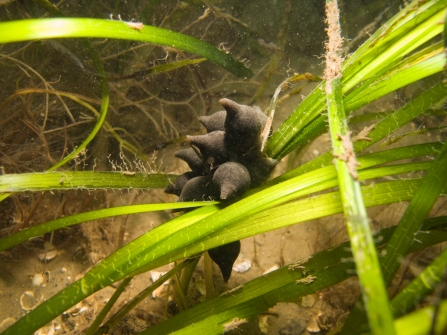From sunny holiday romances to walks along windswept shorelines and perhaps even a cheeky midnight skinny-dip (though not in February!) - for me it’s the sea, writes Tim Ferrero.
The sea is my passion, and as a marine expert I know that beneath the waves, passions run deeper still. Many of our marine wildlife species are just as keen to find the ideal partner and will go to great lengths to ensure they woo a mate to breed successfully and pass on their genes to the next generation. Sometimes their methods might seem strangely familiar to us, but others are downright peculiar.


